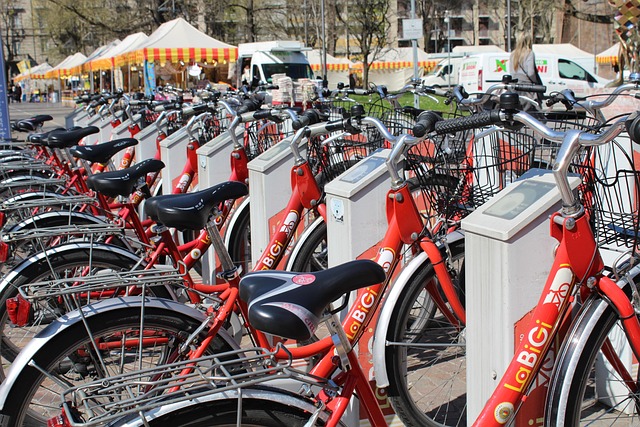Innovating Urban Mobility: The Role of Intelligent Transportation Centers
The complexity of urban mobility is a challenge that cities around the globe continuously face. As population density increases and the demand for efficient transportation grows, the role of intelligent transportation centers (ITCs) becomes ever more critical. These centers serve as the nerve centers of urban transportation, facilitating the smooth flow of traffic and enhancing overall mobility.
Imagine a bustling city where every vehicle, from buses to bicycles, interacts seamlessly with real-time data, ensuring that congestion is minimized, routes are optimized, and public transport is more reliable. This is the promise of intelligent transportation centers, which leverage advanced technologies to transform transportation networks and improve the daily commute for millions.
At the heart of these centers lies an intricate web of sensors, cameras, and data analytics. By collecting and analyzing traffic patterns, ITCs can make informed decisions that lead to more efficient traffic management. For instance, traffic signals can be adjusted in real-time based on actual conditions rather than preset timers, significantly reducing wait times and improving the flow of vehicles and pedestrians alike.
Furthermore, intelligent transportation centers enhance the functionality of public transportation systems. With the integration of mobile apps and real-time information displays, commuters can access data about bus and train arrivals, delays, and alternative routes at their fingertips. This not only empowers passengers with information but also encourages the use of sustainable transport options, a pivotal aspect of modern urban planning.
Safety is another paramount concern, and here too, ITCs play a vital role. By monitoring traffic and environmental conditions, they can identify potential hazards and respond promptly to incidents. This ensures that emergency services can navigate urban landscapes without unnecessary delays, ultimately saving lives and enhancing the sense of security within the community.
Intelligent transportation centers also represent a step toward a more sustainable future. By promoting smarter travel choices, they contribute to reduced carbon emissions and a lessened urban footprint. For instance, by implementing measures such as carpool matching and incentivizing the use of electric vehicles, cities can significantly decrease their reliance on fossil fuels and combat climate change.
The emotional aspect of urban transport cannot be overstated; commuting is often a source of stress for many. By investing in intelligent transportation centers and the technologies they employ, cities are acknowledging the need for enhanced quality of life for their residents. Improved mobility reduces frustration, fosters a sense of community by connecting neighborhoods more effectively, and ultimately makes cities more livable.
In the context of urban integration, the establishment of ITCs illustrates a forward-thinking approach that harmonizes the various modes of transport within cities. It creates a coherent vision for urban mobility, one that resonates with the aspirations of citizens for a more connected and efficient environment. The integration of technologies and policy initiatives around these centers shapes the future mobility landscape, paving the way for smarter, safer, and more sustainable urban journeys.




